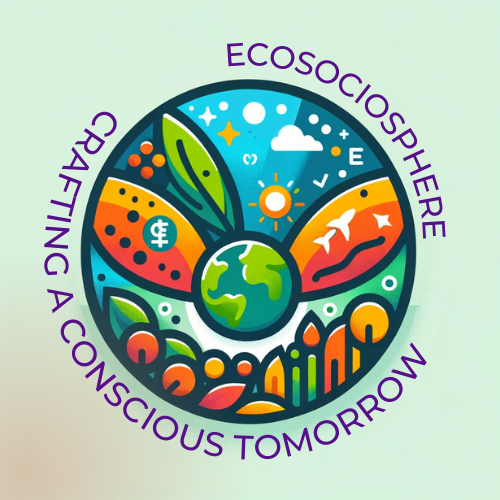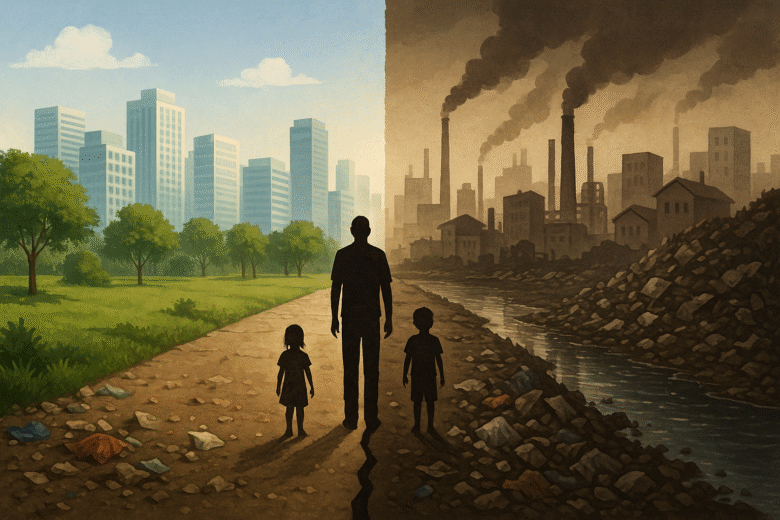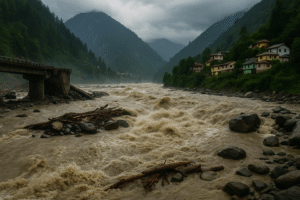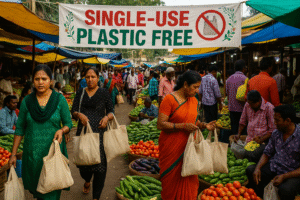Fun fact: In many cities, adults in poorer neighbourhoods breathe twice the particulate pollution of people in richer areas.
In “Ecological Apartheid”, I explore a haunting pattern: poor and marginalized communities forced to live beside dumps, factories, and polluted rivers, while the wealthy retreat to clean, green enclaves. This is not an accident—it is structural. It is ecological segregation. The stakes are not abstract: health, dignity, rights, survival.
What hides behind “urban development,” “industrial expansion,” or “waste zones” is a deliberate zoning of harm. In this post, we will pry open those hidden maps of exclusion, show how environmental burdens align with social hierarchies, and ask: how deep does this apartheid go?
Segregated Harm: The Geography of Environmental Burden
Claim: Environmental hazard is mapped to social disadvantage—and that mapping is no accident.
Dumps, factories, chemical plants, and polluted rivers are disproportionately located near low-income, marginalized, often racialized or caste-subordinate communities. These zones become sacrifice zones.
In many cities, peripheral slums line the edges of industrial belts or waste sites, because land there is cheap and political resistance is weak.
The “luxury effect” in urban ecology shows that richer neighbourhoods get more tree cover, parks, and cleaner air; poorer ones are “heat islands.”
This is not just pattern—it is policy. Zoning, land values, regulatory enforcement, and political influence all create and lock in this segregation.
Scholars call this ecological apartheid (or environmental racism) when certain groups are systematically exposed to hazards while excluded from benefits.
The result is spatial injustice: clean and green become privileges of the few; pollution and risk become burdens of the many.
The Human Cost: Health, Livelihood, Dignity
Claim: The consequences of ecological apartheid are lived in suppressed breathing, contaminated water, limited mobility—and crushed dignity.
Living next to pollution means chronic disease. Asthma, respiratory illness, cancer, and waterborne diseases: all rise. The poorest often lack medical access to treat themselves.
Contaminated water sources carry industrial effluents, heavy metals, and pathogens. Children often face birth defects and developmental delays.
Smell, noise, dust, waste burning—these degrade the quality of life. In sleep, in schooling, in everyday existence.
Livelihoods decline: farmland near industrial zones becomes infertile; fishing in polluted rivers becomes precarious.
Freedom of movement shrinks: houses are cheaper near hazards, so people cannot afford to move away. The debt traps them.
Hence, environmental harm is not collateral—it is structural violence.
Power, Voice, and Institutional Betrayal
Claim: The invisible engine behind ecological apartheid is power: whose voice counts, whose life is disposable.
Wealthier enclaves use political clout to block polluting industries from encroaching; marginalized areas have little leverage.
Weak enforcement, lax regulation, and corruption often allow industrial violators to operate with impunity in low-voice zones.
Sometimes, environmental redevelopment pushes slums away (gentrification), while creating new “residual zones” for pollution burdens.
In India, caste plays a role: historically oppressed communities often live in the margins of land, in floodplains, near factories, denied clean land rights and zoning power.
Democratic rhetoric often masks ecological inequality. “Green zones” are marketed; “pollution zones” are ignored.
Thus, environmental injustice is not a byproduct—it is a tool of exclusion.
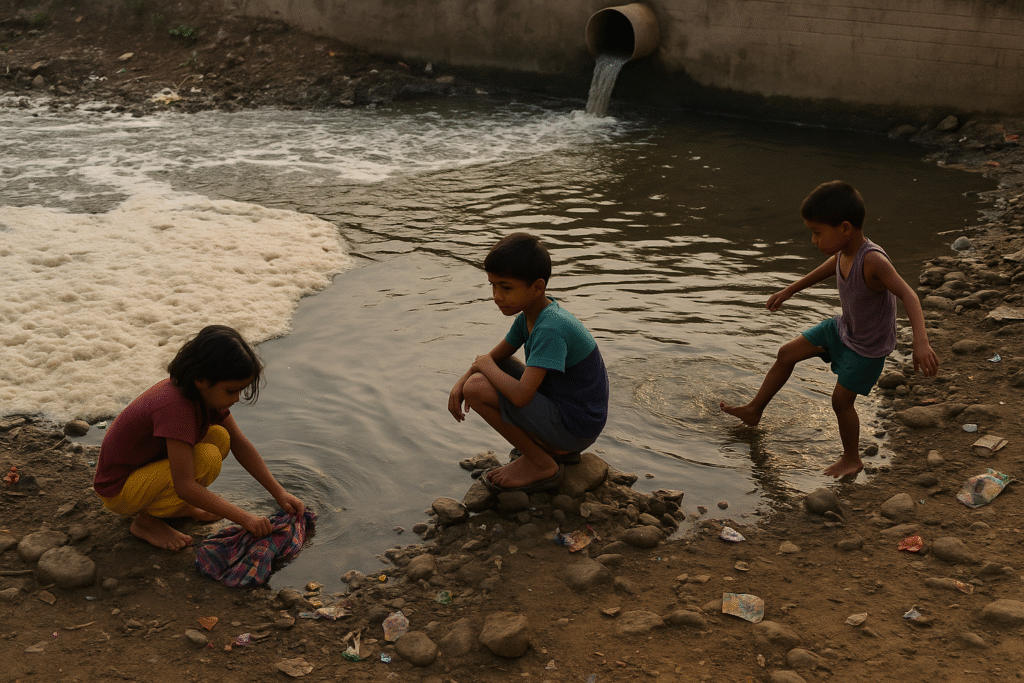
Case Study: Mavallipura and the Landfill Tragedy
Claim: The story of Mavallipura in Karnataka reveals ecological apartheid writ in concrete.
A village north of Bangalore, Mavallipura, became a dumping ground—millions of tonnes of municipal waste, unregulated landfill operations, toxic leachate contaminating groundwater, foul air.
Local communities, many dependent on livestock and farmland, suffered health and water crises. Crops failed; wells turned brackish or toxic.
Meanwhile, the city’s elites lived in planned suburbs, far from stench, far from waste. The burden was pushed outward—onto the rural poor.
This is ecological apartheid in action: harm exported to the disenfranchised.
Breaking the Segregation: Paths to Environmental Justice
Claim: Dismantling ecological apartheid requires systemic transformation—not charity.
Deliberate zoning reform: forbid industrial, waste, and polluting uses near residential areas; buffer zones.
Green equity investment: fund urban greening, tree canopy, clean tech, and parks in marginalized neighbourhoods.
Stronger enforcement & accountability: polluters must pay; communities must have recourse.
Participatory planning: marginalized people must lead decisions about land, waste, and water in their neighbourhoods.
Restoration and remediation: decontaminate polluted sites; reopen clean land for community use.
Narrative change: reject the idea that “poor areas are for pollution”; assert that clean is a right, not a privilege.
These are not incremental steps—they challenge power structures.
Conclusion
Ecological apartheid is the invisible architecture dividing life by class, caste, and race. While some breathe green air, others choke on smoke. While some neighbourhoods bloom, others rot beside rivers of waste.
The stakes are real: health, dignity, justice. The maps of pollution and exclusion are drawn by power. We must redraw them.
Will we live in a society where clean air and water are inherited by birthright—not by zip code? Or will we let the zones of sacrifice deepen?
Author’s Note
I believe ecological apartheid is one of the most urgent faces of climate and environment injustice we rarely name. Because it seems “local,” it hides its systemic roots. But it stabs in bodies, in lungs, in futures. If students and citizens carry forward one insight, may it be this: environmental justice cannot succeed unless every neighbourhood is included, every voice heard, every harm undone.
G.C., Ecosociosphere contributor.
References & Further Reading
- Environmental Racism / Ecological Apartheid
- Caste, Climate, and Justice: Reimagining Environmentalism in India Through Ambedkarite Praxis
- The case of the Bisasar landfill, Durban, South Africa — study of how a landfill was sited in marginalized zones during apartheid and persisted after.
- Mpumalanga Highveld Air Pollution Crisis
- Mavallipura – landfill disaster near Bangalore
- Urban forest inequity
